How to Make Manchego
Manchego is a firm cheese with a compact consistency and buttery texture, originating from the La Manchega region in Spain. It often contains small and unevenly distributed air pockets….
Read More


“Your ultimate beginner’s guide for cheesemaking 101”
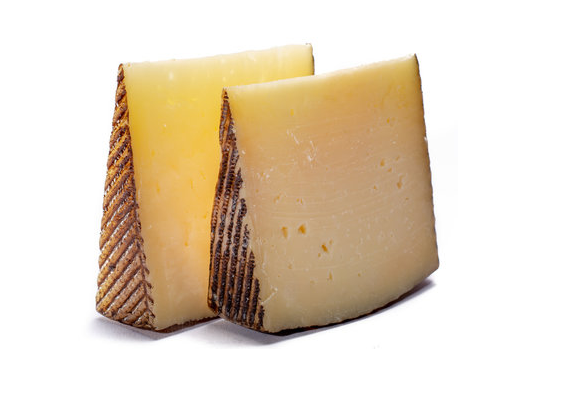
Manchego is a firm cheese with a compact consistency and buttery texture, originating from the La Manchega region in Spain. It often contains small and unevenly distributed air pockets….
Read More
Limburger is a washed rind cheese with a pale yellow color and an orange rind. At one month maturation, this delectable cheese sports a firm, crumbly and salty taste…
Read More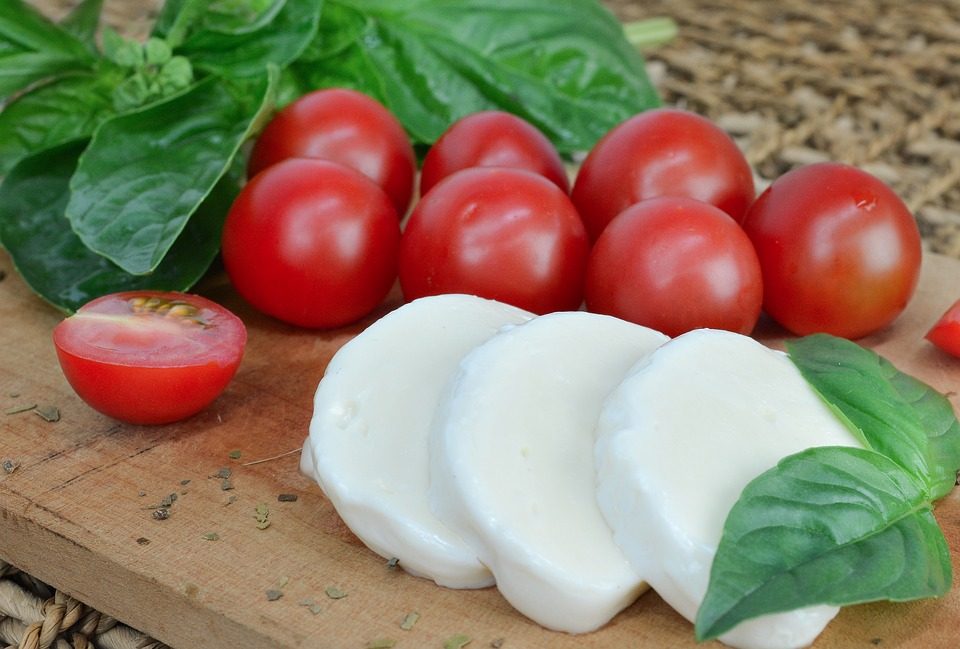
Mozzarella cheese is a favourite for its gentle flavour, smooth texture, and signature stretch—perfect for pizza, pasta dishes, or simply enjoyed fresh. But if you’ve ever wondered how to…
Read More
Gouda is a semi hard cow’s milk cheese that originated from the Netherlands. It has a sweet, creamy, caramel-like, full-bodied flavor and a dense, springy texture. This cheese has…
Read More
Cotswold cheese is a creamy, buttery cheese from England, known for its sweet, mild flavour and crumbly, firm texture. This recipe is a variation of Double Gloucester style cheese…
Read More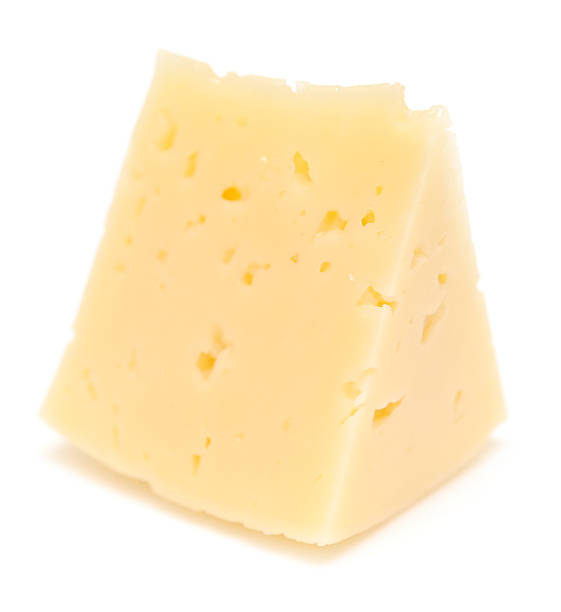
Making your own Derby cheese is a rewarding way to enjoy a classic semi hard cheese from England. Derby cheese is a mild, semi hard cheese made from cow’s…
Read More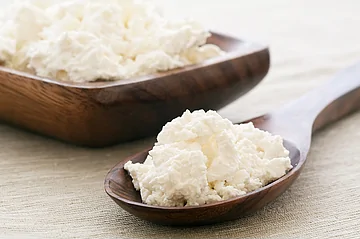
Making quark cheese at home is a rewarding way to enjoy a fresh dairy product that’s both mild and creamy. Many people find it hard to get authentic quark…
Read More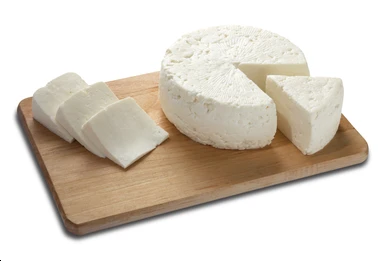
Making queso fresco is a straightforward way to enjoy a fresh cheese that’s widely used in Latin American dishes and gaining popularity in Australia. This soft, mild cheese is…
Read More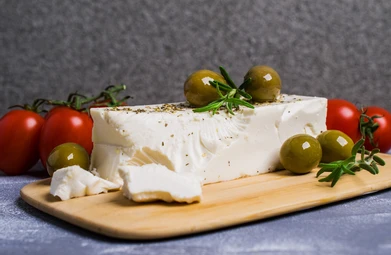
Lactic cheese is one of the oldest and simplest kind of cheese. It can be made from cow’s or goat’s milk. As one of the most versatile type of…
Read More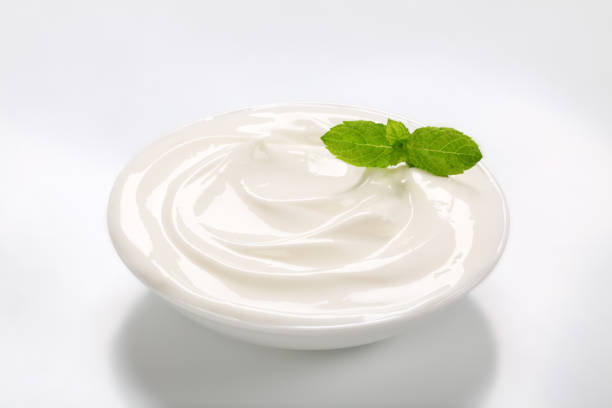
If you’re searching for a creamy, versatile cheese you can make in your own kitchen, Fromage Blanc is a fantastic place to start. Many home cheese makers in Australia,…
Read More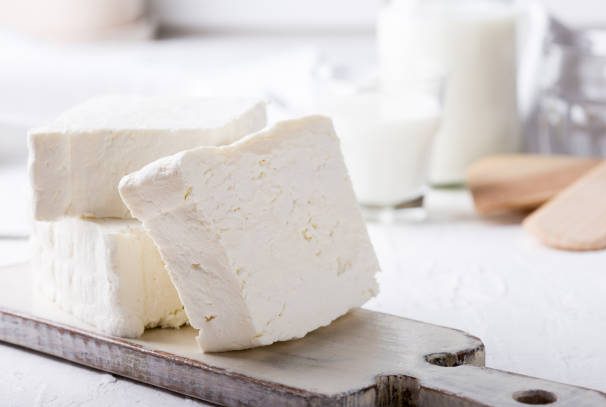
Making your own cheese at home is a rewarding way to enjoy a mild white fresh cheese that’s perfect for spreading, crumbling, or using in your favourite recipes. If…
Read More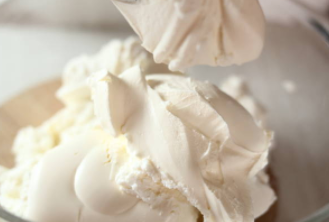
Making your own cream cheese at home is easier than you might think. If you’ve ever wondered how much cream cheese you could make with just a few minutes…
Read MoreFrom kettles to pasteurisers, we’ve got you covered. Explore our comprehensive range of professional equipment.